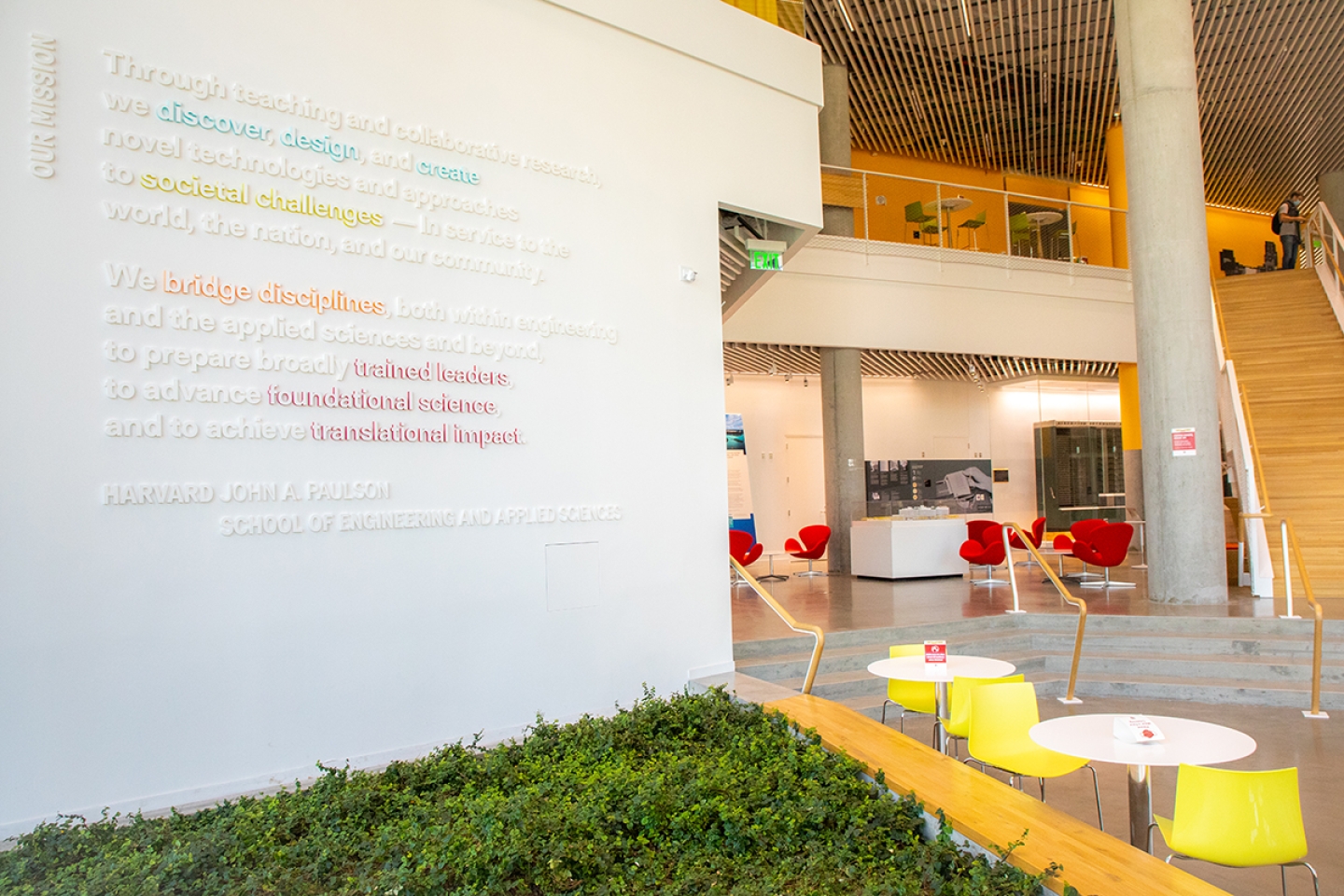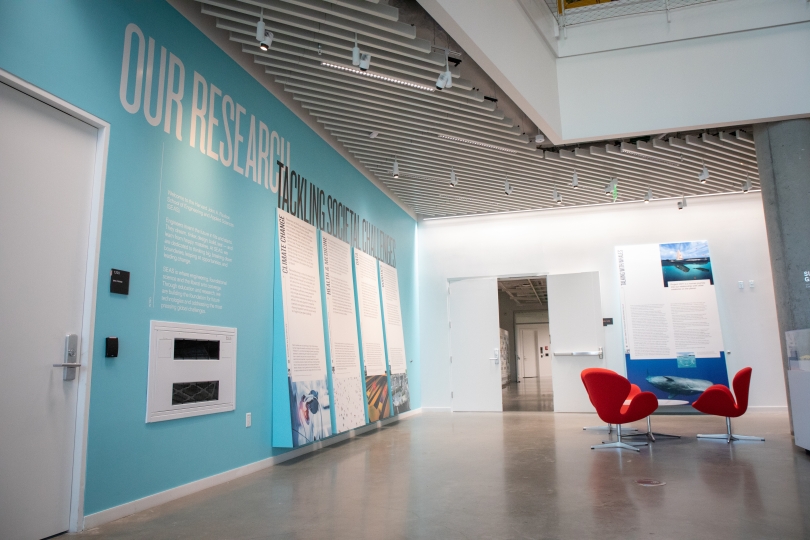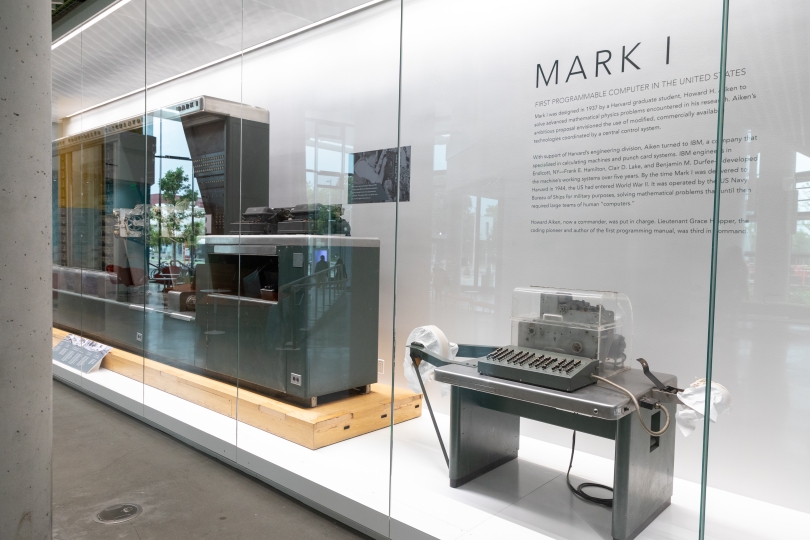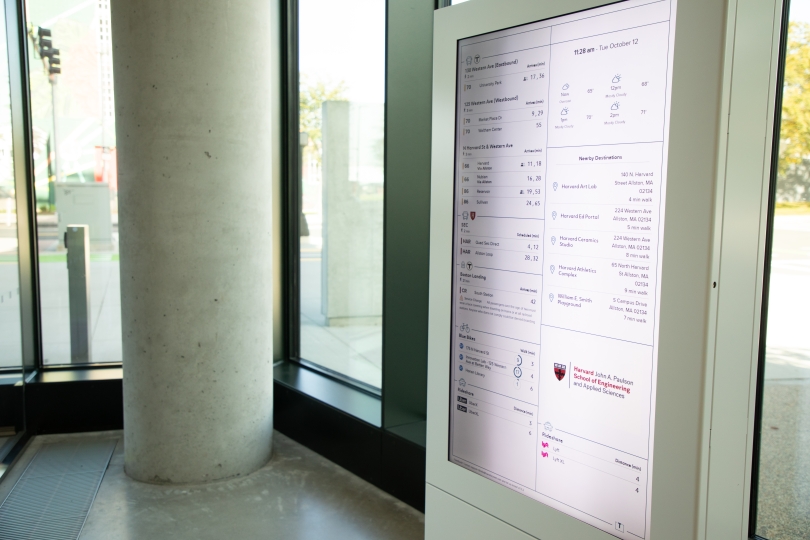Virtual Tour
Tour Stops
Tour Stops
https://seas.harvard.edu/tour/allston/1/science-and-engineering-complex-sec
https://seas.harvard.edu/tour/allston/2/114-western-avenue
https://seas.harvard.edu/tour/allston/3/east-atrium
https://seas.harvard.edu/tour/allston/4/main-atrium
https://seas.harvard.edu/tour/allston/10/engineering-yard
https://seas.harvard.edu/tour/allston/5/lower-level-1
https://seas.harvard.edu/tour/allston/6/lower-level-2
https://seas.harvard.edu/tour/allston/9/library
https://seas.harvard.edu/tour/allston/9/upper-floors
https://seas.harvard.edu/tour/allston/11/classrooms
https://seas.harvard.edu/tour/allston/12/allston-neighborhood
https://seas.harvard.edu/tour/allston/8/sustainability
https://seas.harvard.edu/tour/allston/7/active-learning-labs
https://seas.harvard.edu/tour/cambridge/1/harvard-yard
https://seas.harvard.edu/tour/cambridge/2/science-center-and-seas-history
https://seas.harvard.edu/tour/cambridge/3/labs-cruft-lise-mckay
https://seas.harvard.edu/tour/cambridge/4/pierce-hall
https://seas.harvard.edu/tour/cambridge/5/maxwell-dworkin
https://seas.harvard.edu/tour/cambridge/6/northwest-building
https://seas.harvard.edu/tour/cambridge/7/engineering-sciences-lab
3. East Atrium
The east entrance of the Science and Engineering Complex.
Mission Statement
As you enter the East Atrium you'll see a large rendering of our mission statement, the shared purpose that guides members of our community.
Research Wall
These research panels feature the school's research priorities and some of our faculty's recent projects.
Around the corner from the mission statement is a display that describes how SEAS researchers are working to make the world a better place. Research being done in the SEC represents the leading edge of science and engineering, in areas ranging from artificial intelligence and data science, to the design of computer algorithms and systems, to the creation of robots that fly, aid in surgery, and help people in physical therapy regain their mobility. SEAS researchers are studying living systems in order to design solutions to problems in medicine and biology that involve drug delivery, motor control, cell and tissue engineering, biomaterials, and therapeutics.
Mark 1
The portion of the Mark 1 on display is only a portion of the original Mark I, which weighed five tons and was 50 feet long.
Also located in the atrium is a portion of the Mark 1, one of the world’s first programmable computers. This electromechanical machine used punched cards and punched paper tape to store data and instructions that could address an array of problems. The original Mark I weighed five tons and was 50 feet long. It was the brainchild of a Harvard graduate student, Howard Aiken, who designed it in 1937 and included important contributors like Grace Hopper, an early computer pioneer. The machine itself, developed in collaboration with IBM scientists, was delivered to Harvard’s Cruft Lab in 1944, in time to lend a hand in the nation’s World War II effort, including the development of the atom bomb, missile trajectories, and the design of radar facilities. This portion of the Mark 1 found its home in the SEC in 2021. (Read more)
Transportation Kiosk
The transportation Kiosk provides real-time bus/shuttle information as well as BlueBike availability.
On the left, as you enter the building, is a kiosk displaying the bus/shuttle schedules between the SEC and Harvard Square, BlueBike availability, and more.




